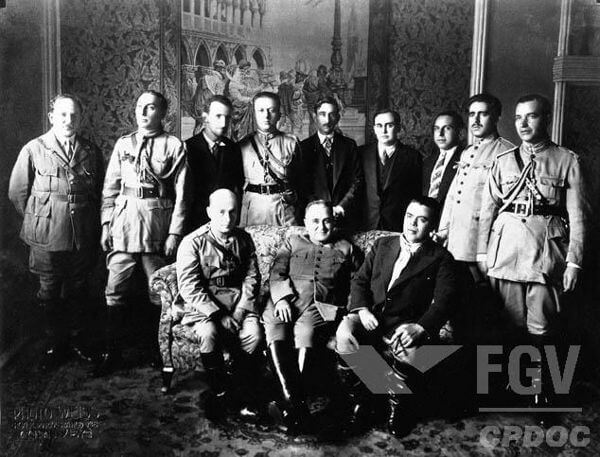Juscelino Kubitschek he was elected President of the Republic in 1955, together with Vice President João Goulart. In the first years of the election, after the political situation had taken its course (attempted coup by the UDN (National Democratic Union) and the military), JK quickly put the Goals plan and the Brasilia construction, transferring the capital of Brazil from the city of Rio de Janeiro to the Central Plateau. Therefore, we will cover the main feats performed by JK during her government as president (1955-1960).
The Plan or Program of Goals (31 goals) had as its main objective the economic development of Brazil, that is, it was based on a set of measures that would achieve the economic development of various sectors, prioritizing the dynamization of the industrialization process of the Brazil.
O economic developmentism that Brazil lived during JK's mandate prioritized investment in the transport and energy sectors, in base industry (durable and non-durable consumer goods), in the
import substitution, highlighting the rise of the automobile industry, and in Education. For JK and his government, Brazil would reduce social inequality, generating wealth and developing industrialization and consequently strengthening the economy. Thus, its Target Plan was launched: “Brazil would develop 50 years in 5”.To expand Brazilian economic development, JK considered economic progress impossible without the participation of foreign capital. To achieve the goals of the Plan of Goals, a greater intervention by the State in the economy was necessary, prioritizing, therefore, the entry of foreign capital into the country, mainly by industry automaker. It is noteworthy that during this period Brazil began the process of external indebtedness.
The energy and transport sectors were considered fundamental for economic development, highlighting the importance of Vargas government in this process, with the creation of Companhia Siderúrgica Nacional in Volta Redonda-RJ in 1946 and Petrobras in the year of 1953. Other sectors that gained relevance were agriculture and livestock; JK sought to increase food production and the energy sector, building the Paulo Afonso hydroelectric plants on the São Francisco river and the Furnas and Três Marias dams.
Do not stop now... There's more after the advertising ;)
However, such changes undertaken by JK caused the accentuation of the country's industrialization with an annual increase in the Gross Domestic Product (GDP) of 7%, but not surpassing the inflation of the external debt. The industrialization of the country took place basically in the Southeast region, highlighting at this time the great migration from the Northeast to this region.
After analyzing some points of the Plan of Goals, we will focus on another campaign promise carried out by JK: the construction of Brasília and the transfer of the federal capital. At the end of 1956, after the National Congress had approved the transfer of the capital, work began on the construction of Brasília. The new capital of Brazil would have a modern and bold architectural ensemble created by the architect Oscar Niemeyer. The city's Pilot Plan was developed by urban planner Lúcio Costa.
Juscelino Kubitschek was not the first to talk about the possibility of transferring the capital of Brazil, since 1891 the Federal Constitution, in its 3rd article, already aimed at the transfer. In the last decade of the 19th century, but precisely in the year 1894, a commission was appointed that visited and demarcated the area of the future Federal District in the Planalto Central. This commission was known as the Cruls Mission in reference to the Belgian astronomer Luiz Cruls who headed it.
The interiorization of the federal capital was already a dream of many Brazilians before JK, but it was Juscelino who carried out the transfer of the capital. Accustomed to dealing with daring projects, JK gave the order for the beginning of the construction of Brasília, the works began at the end of 1956. The new capital was opened in the year 1960.
The construction of the new capital was a great goal to be achieved. Brasília could only be carried out based on the great will of JK, and also on account of the efforts of the workers who built it, a large part of which consisted of migrants from the northeast region of Brazil. The workers who built it became its first residents, becoming known as “Candangos”.
With Juscelino Kubitschek, the interior of Brazil came to be seen as a space of possibilities, as an integral part of Brazilian civilization.
Leandro Carvalho
Master in History
Would you like to reference this text in a school or academic work? Look:
OAK, Leandro. "Juscelino Kubitschek (JK) Government"; Brazil School. Available in: https://brasilescola.uol.com.br/historiab/juscelino-kubitschek.htm. Accessed on June 27, 2021.

